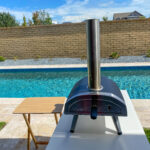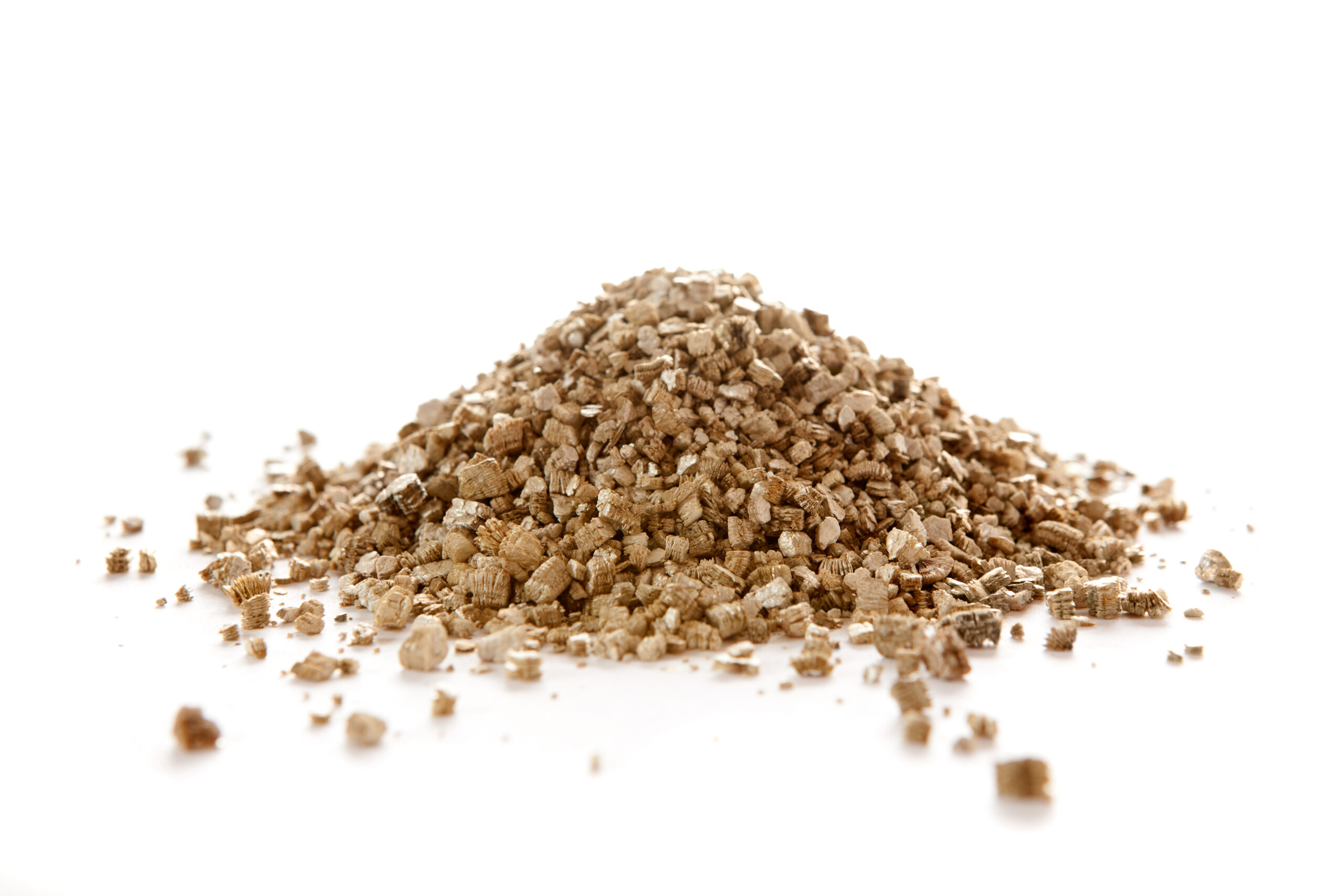Vermiculite is a highly insulating mineral that is used in the construction of pizza ovens. It is commonly used to create the dome of the oven, which is formed by applying a mixture of vermiculite and refractory cement over a spherical mold. The resulting structure is then left to dry and harden, creating a highly efficient and durable pizza oven.
When it comes to choosing the right type of vermiculite for your pizza oven, there are a few things to consider. First and foremost, it is important to choose a vermiculite that is specifically designed for use in high-temperature applications. This will ensure that your pizza oven is able to withstand the intense heat generated during cooking, and will help to prevent damage to the structure over time.
Another important consideration when choosing vermiculite for your pizza oven is the size and shape of the particles. Generally speaking, smaller particles are better for creating a smooth, even surface, while larger particles can be used to create a more textured finish. Ultimately, the choice of vermiculite will depend on your personal preferences and the specific requirements of your pizza oven.
Understanding Vermiculite
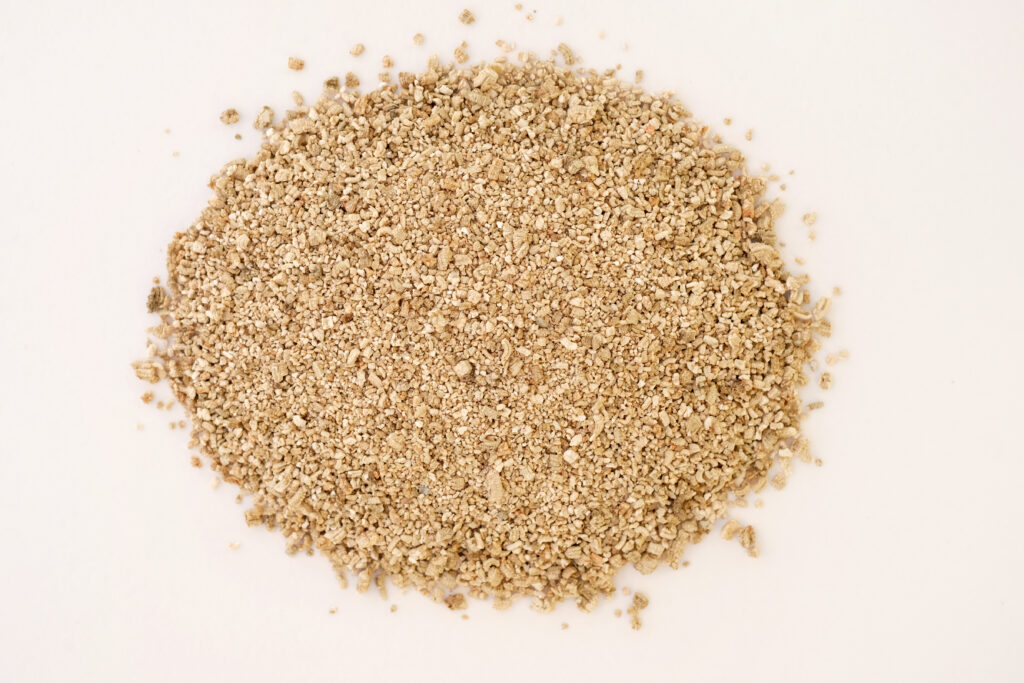
Vermiculite is a naturally occurring mineral that is used in various applications, including as an insulation material for pizza ovens. It is a hydrated magnesium aluminum silicate mineral that is mined from the earth and then processed to be used in various products.
When it comes to pizza oven construction, vermiculite is used as an insulating material to help keep the heat inside the oven. The insulation layer is typically applied over the oven dome and floor to help prevent heat from escaping and to ensure that the oven stays hot for an extended period.
There are two types of vermiculite commonly used in pizza oven construction: fine and coarse. Fine vermiculite is typically used as a base layer for the insulation, while coarse vermiculite is used as the top layer. The coarse vermiculite is often mixed with refractory cement to create a more durable and heat-resistant layer.
One of the advantages of using vermiculite as an insulation material is that it is lightweight and easy to work with. It is also an excellent insulator, which means that it can help to keep the oven hot for longer periods.
However, it is important to note that not all vermiculite is created equal. Some vermiculite contains asbestos, a harmful substance that can cause serious health problems. Therefore, it is essential to ensure that the vermiculite being used for pizza oven construction is asbestos-free and safe for use.
In conclusion, vermiculite is an excellent insulation material for pizza ovens, but it is crucial to use the right type of vermiculite and to ensure that it is safe for use. By understanding the properties of vermiculite and how it is used in pizza oven construction, you can ensure that your oven is well-insulated and capable of producing delicious, perfectly cooked pizzas.
Types of Vermiculite for Pizza Oven
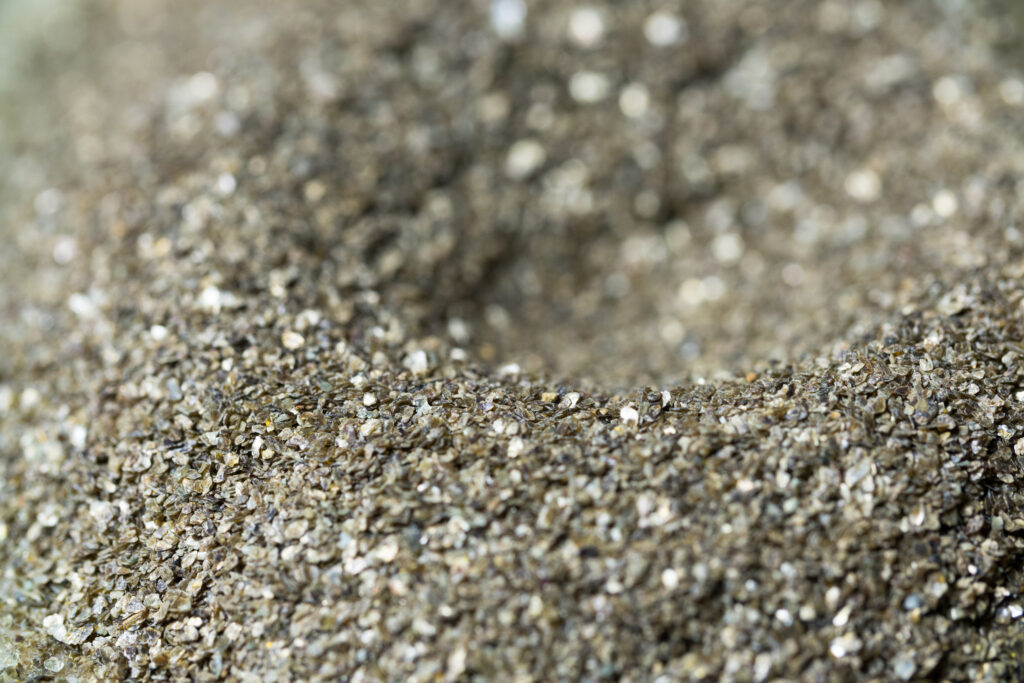
Vermiculite is a natural mineral that is commonly used as insulation in pizza ovens. It is a lightweight, fire-resistant material that can withstand high temperatures, making it an ideal choice for pizza oven insulation.
There are two main types of vermiculite: crude and exfoliated. Crude vermiculite is the raw material that is mined from the ground. It is then processed to remove impurities and create exfoliated vermiculite. Exfoliated vermiculite is the type that is used in pizza oven construction.
Exfoliated vermiculite is available in different grades, depending on the size of the particles. The larger the particle size, the better the insulation properties. Fine vermiculite particles are not recommended for pizza oven insulation because they do not provide adequate insulation.
When choosing vermiculite for your pizza oven, it is important to choose a high-quality product that is free from contaminants. Look for vermiculite that is labeled as “exfoliated” and has a particle size of at least medium.
In addition to vermiculite, perlite is another material that is commonly used for pizza oven insulation. Perlite is a similar material to vermiculite, but it is made from volcanic glass. Both materials have similar insulation properties, but vermiculite is generally considered to be the better choice for pizza oven insulation.
Overall, when choosing vermiculite for your pizza oven, it is important to choose a high-quality product that is free from contaminants and has a particle size of at least medium. By choosing the right type of vermiculite, you can ensure that your pizza oven is well-insulated and capable of producing delicious, crispy pizzas.
Benefits of Using Vermiculite in Pizza Ovens
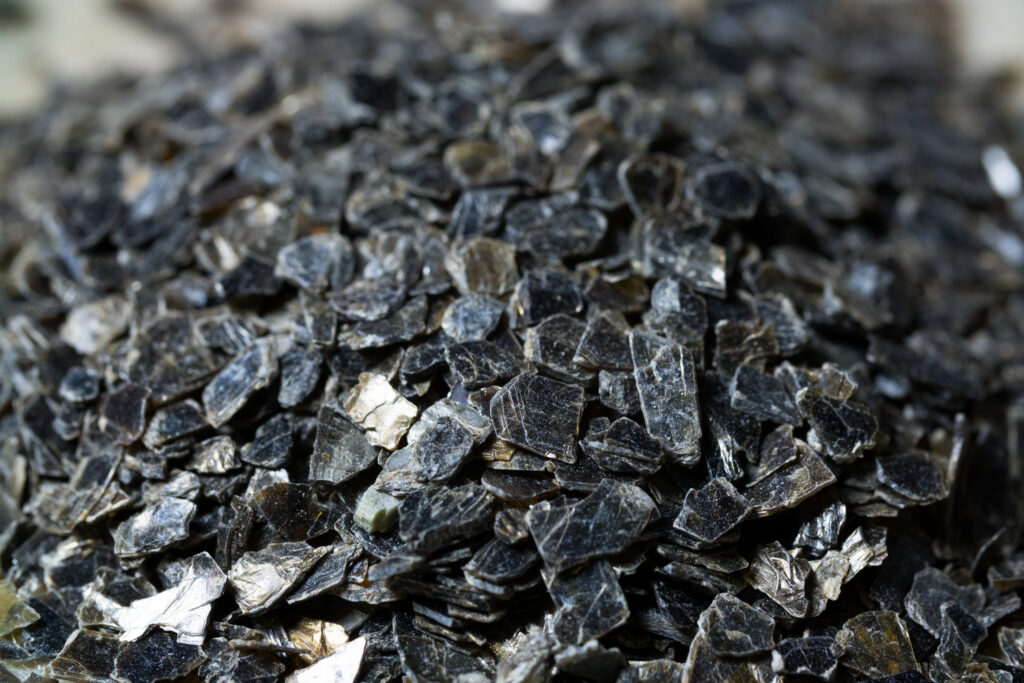
Vermiculite is a popular choice for insulating pizza ovens. It is a natural mineral that is mined from the earth and then heated to a high temperature. The heat causes the vermiculite to expand, creating a lightweight, fire-resistant material that is ideal for insulating pizza ovens.
Here are some of the benefits of using vermiculite in pizza ovens:
- Excellent Insulation: Vermiculite is an excellent insulator, which means that it can help to keep the heat inside your pizza oven. This is important because a pizza oven needs to be able to maintain a high temperature in order to cook pizzas properly. By using vermiculite insulation, you can ensure that your pizza oven stays hot for longer periods of time.
- Lightweight: Vermiculite is a lightweight material, which makes it easy to work with. This is important when building a pizza oven because it can be difficult to work with heavy materials. The lightweight nature of vermiculite also means that it won’t add unnecessary weight to your pizza oven.
- Affordable: Vermiculite is an affordable material, which makes it a great choice for those who are building a pizza oven on a budget. It is also widely available, so you should be able to find it at your local hardware store or online.
- Fire-Resistant: Vermiculite is a fire-resistant material, which means that it can help to protect your pizza oven from damage caused by high temperatures. This is important because a pizza oven can reach temperatures of up to 900 degrees Fahrenheit, which can be dangerous if the oven is not properly insulated.
Overall, vermiculite is an excellent choice for insulating pizza ovens. It is affordable, lightweight, fire-resistant, and provides excellent insulation. If you are building a pizza oven, be sure to consider using vermiculite insulation to ensure that your oven stays hot and cooks pizzas to perfection.
Choosing the Right Vermiculite for Your Pizza Oven

When it comes to building a pizza oven, vermiculite is a popular choice for insulation material. Vermiculite is a naturally occurring mineral that is lightweight, fire-resistant, and has excellent insulating properties. However, not all vermiculite is created equal, and choosing the right type for your pizza oven can make a big difference in its performance. Here are a few things to consider when selecting vermiculite for your pizza oven:
Size
The size of the vermiculite particles can affect the insulation properties of your pizza oven. Generally, larger vermiculite particles provide better insulation than smaller ones. This is because larger particles leave more air pockets between them, which helps to trap heat and prevent it from escaping. However, using too large of vermiculite particles can make it difficult to achieve a smooth and even surface for your oven.
Grade
Vermiculite is available in different grades, which can affect its insulation properties. The most common grades of vermiculite used for pizza ovens are medium and fine. Medium-grade vermiculite is usually the best choice for pizza ovens because it provides good insulation properties while still being easy to work with. Fine-grade vermiculite can be more challenging to work with and may not provide as much insulation as medium-grade vermiculite.
Quantity
The amount of vermiculite you need for your pizza oven will depend on the size of your oven and the thickness of the insulation layer. As a general rule, you should aim for a minimum of 4 inches of insulation around the oven. This will require approximately 7 cubic feet of vermiculite for a 36-inch oven. If you are unsure how much vermiculite you need, it is always best to err on the side of caution and purchase a little extra.
Brand
Not all brands of vermiculite are created equal, and some may perform better than others. It is essential to choose a reputable brand of vermiculite that is specifically designed for use in pizza ovens. Some popular brands include Schundler Company and Perlite & Vermiculite Co., Inc.
In summary, choosing the right vermiculite for your pizza oven can make a big difference in its performance. Consider the size, grade, quantity, and brand of vermiculite when making your selection. With the right insulation, your pizza oven will be able to retain heat better, resulting in perfectly cooked pizzas every time.
How to Apply Vermiculite in Pizza Ovens
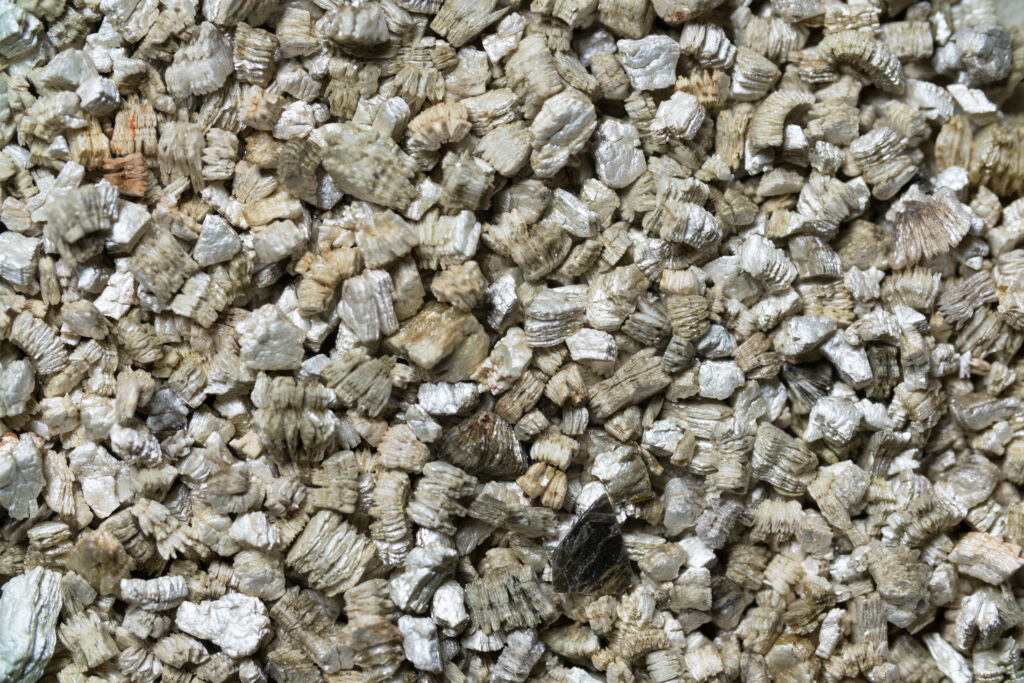
Vermiculite is a highly effective insulator that is commonly used in pizza ovens. It is a natural mineral that is mined from the earth and processed into a lightweight, fire-resistant material that can withstand high temperatures. Vermiculite is easy to work with and can be mixed with cement to create a strong, durable insulation layer for your pizza oven.
To apply vermiculite in pizza ovens, you will need to follow a few simple steps:
- Mix the Vermiculite: Begin by mixing the vermiculite with cement in the correct ratio. The ratio of vermiculite to cement will depend on the specific type of vermiculite you are using and the manufacturer’s instructions. A typical ratio is 6 parts vermiculite to 1 part cement.
- Apply the Vermiculite: Once the vermiculite and cement are mixed, apply the mixture to the surface of your pizza oven. You can use a trowel or your hands to apply the mixture evenly.
- Smooth the Surface: After applying the vermiculite mixture, use a trowel to smooth the surface. This will help to ensure that the insulation layer is even and that there are no gaps or air pockets.
- Allow to Dry: Once the vermiculite layer is applied and smoothed, allow it to dry completely. This may take several days, depending on the thickness of the layer and the ambient temperature.
- Add Additional Layers: Depending on the specific type of vermiculite you are using and the manufacturer’s instructions, you may need to add additional layers of vermiculite to achieve the desired level of insulation. Follow the manufacturer’s instructions carefully to ensure that you apply the correct number of layers.
In summary, applying vermiculite in pizza ovens is a simple process that can help to create a highly effective insulation layer. By following the steps outlined above and using the correct ratio of vermiculite to cement, you can create a durable, fire-resistant insulation layer that will help to keep your pizza oven at the right temperature for perfect pizzas every time.
Common Mistakes When Using Vermiculite
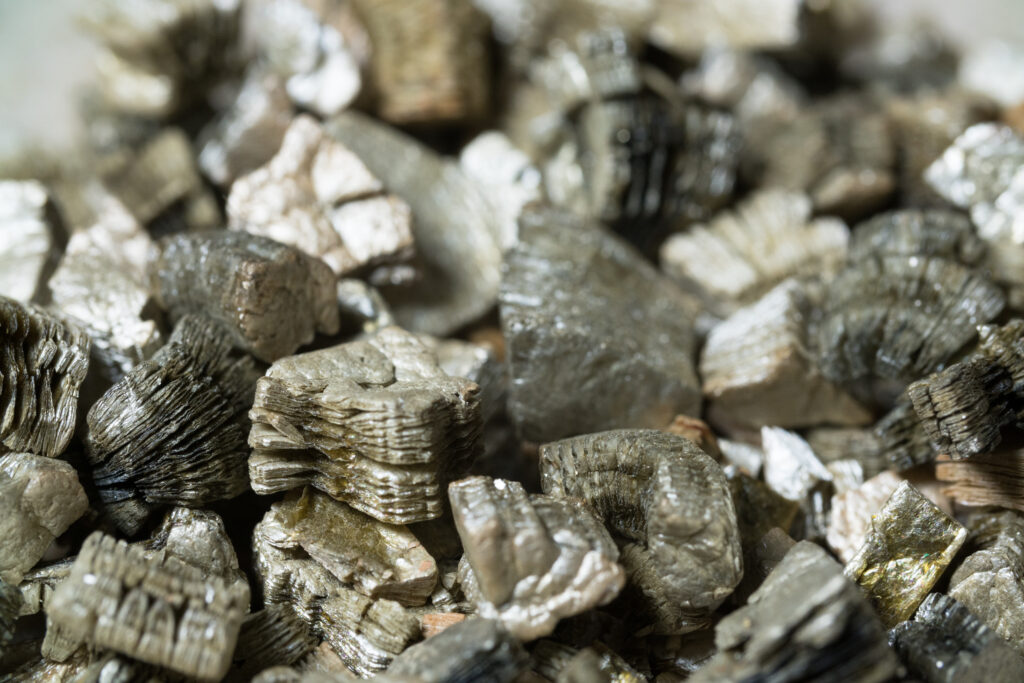
When building a pizza oven using vermiculite, there are some common mistakes that people make. These mistakes can lead to issues with the insulation and overall functionality of the oven. Here are some of the most common mistakes to avoid:
1. Using the Wrong Type of Vermiculite
Not all vermiculite is created equal. Some types of vermiculite are better suited for pizza oven insulation than others. It is important to use a coarse grade of vermiculite with a particle size of 1/8″ to 1/4″. Fine vermiculite is not suitable for insulation and can lead to poor performance of the oven.
2. Mixing Vermiculite with Portland Cement
Mixing vermiculite with Portland cement is a common mistake that can lead to issues with the insulation. Portland cement is not suitable for use in high-temperature applications and can break down over time, leading to poor insulation. It is important to use a refractory cement that is suitable for high-temperature applications.
3. Not Using Enough Vermiculite
Insufficient insulation can lead to poor performance of the oven. It is important to use enough vermiculite to achieve the desired insulation level. The recommended thickness of insulation for a pizza oven is at least 4 inches.
4. Not Compacting the Vermiculite
When installing vermiculite, it is important to compact it to ensure that it is evenly distributed and there are no air pockets. Failure to compact the vermiculite can lead to uneven insulation and poor performance of the oven.
5. Not Sealing the Vermiculite
Vermiculite is a porous material and can absorb moisture. It is important to seal the vermiculite with a suitable sealant to prevent moisture from penetrating the insulation. Failure to seal the vermiculite can lead to reduced insulation performance and potential damage to the oven.
By avoiding these common mistakes, you can ensure that your pizza oven is properly insulated and performs optimally.
Conclusion
In conclusion, vermiculite is a popular material choice for pizza oven insulation due to its excellent insulating properties and low cost. The type of vermiculite used in pizza oven construction is typically grade #3 or #4, which are coarser and have larger particle sizes. However, some builders have found that finer vermiculite works better for leaner mixes like 10:1.
While vermiculite is a great choice for pizza oven insulation, it is important to note that it does have some limitations. It is not suitable for use in areas with high humidity or where it will be exposed to water, as it can absorb moisture and lose its insulating properties. Additionally, vermiculite is not as durable as other insulation materials and may need to be replaced more frequently.
When using vermiculite in pizza oven construction, it is important to mix it with a suitable refractory cement that can withstand high temperatures. Perlite is another popular insulation material that can be used in combination with vermiculite for added insulation. Ceramic fiber insulation board is also a good alternative to vermiculite, as it eliminates the need for mixing and can be easily cut to size.
Overall, vermiculite is a great choice for pizza oven insulation due to its excellent insulating properties and low cost. However, it is important to consider the limitations of vermiculite and choose the right type of insulation for your specific needs.


